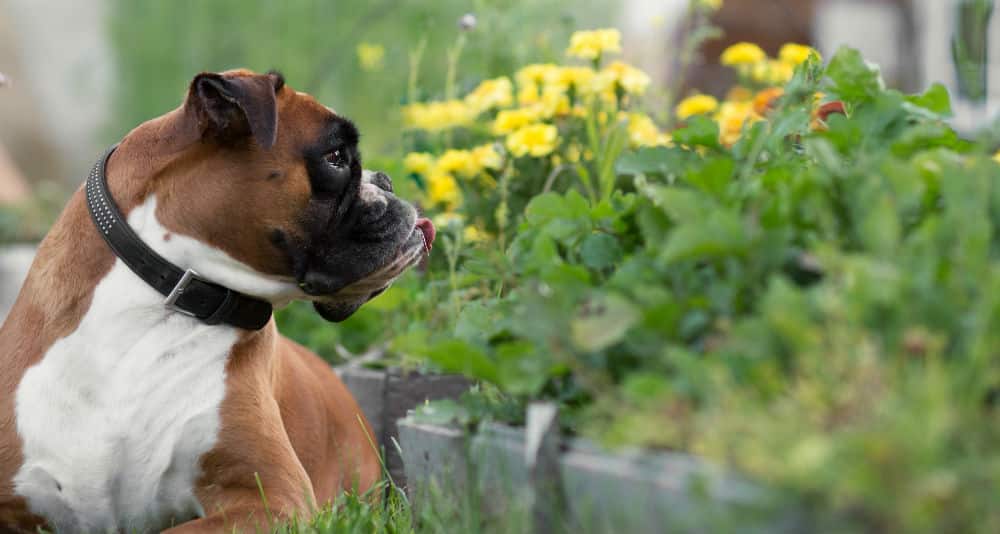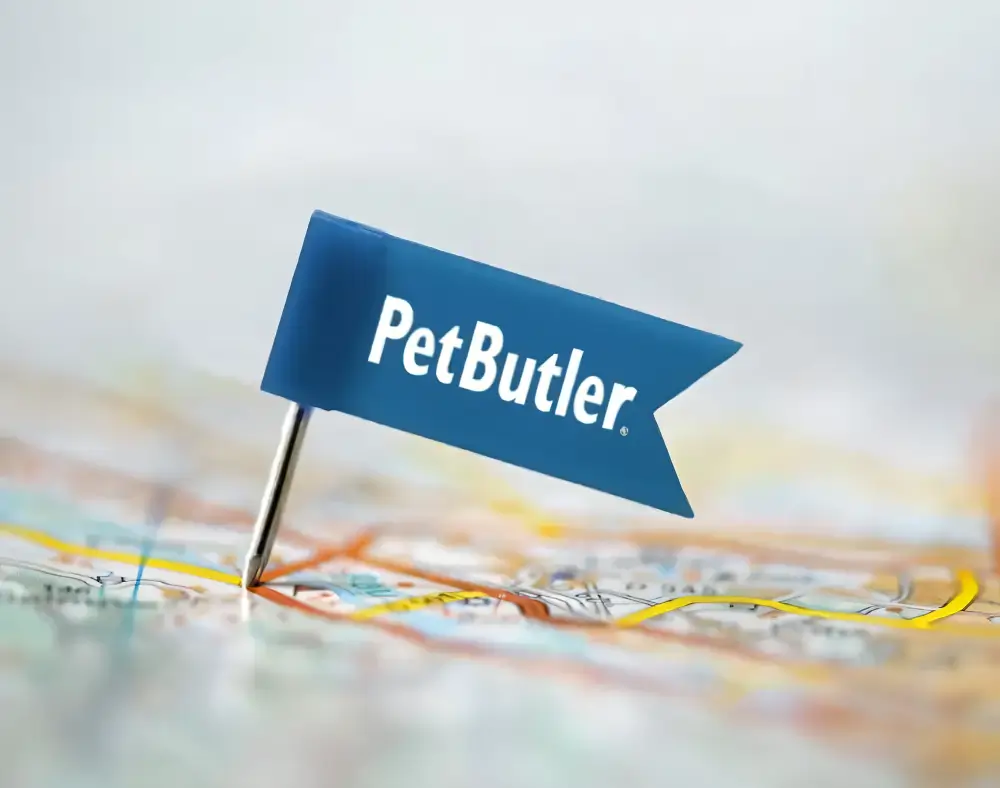It’s officially spring season! Our pets, like us, have spent many days cooped up and are naturally eager to get outdoors and explore. Soon, green buds will emerge on the trees and daffodils and tulips will be among the first flowers to announce the arrival of the new season. The first pots of annuals and perennials will become available for planting at local garden centers.
If your curious pets roam the yard while you tend to the landscape, keep a close eye on them as some of the more beautiful foliage and bulbs can pose health hazards if consumed. While many household and outdoor plants are considered non-toxic, keep in mind that any plant can cause gastrointestinal signs such as stomach pain, nausea, vomiting, and diarrhea but not life-threatening illness.
Which garden plants are poisonous to dogs?
Although most spring blooming bulbs are planted in the fall, it is not unusual for your terrier or retriever to decide that now is an ideal time to dig them up and have a snack. Tulips, daffodils, and crocuses belong to different plant genus’s, but their toxins are most significantly concentrated in the root or bulb portion of the plant.
Crocus and tulip bulb ingestion may cause mild gastrointestinal signs, while daffodils, jonquils, iris rhizomes and paperwhite bulbs may cause GI and oral ulceration and more severe problems including breathing depression.
Daylilies and lily-of-the-valley also grow from underground tubers called rhizomes and contain toxins that can affect the heart, leading to arrythmias, seizures, coma and even death.
Hydrangeas are one of the earliest, and in my opinion, most beautiful blooming shrubs. Their flowers can be white, or pink, or deep blue depending on the species and the pH of the soil in which they grow. They also contain cyanide in low amounts. A large breed, mature dog would need to ingest a large quantity to become ill, whereas a smaller puppy (and they NEVER chew) might exhibit symptoms such as vomiting, heavy breathing, lethargy, stomachache and coma.
Rhododendrons and azaleas are related plants and popular spring-blooming garden shrubs. Because some species retain their leaves year-round (evergreen) and have bright pink, purple, red or white flowers, they are common in local gardens.
But beware, the nectar extracted from the flower used to be called “mad honey”; the grayatoxin, which is most concentrated in the flower but is found in all parts of the plant, causes vomiting, confusion, and cardiac problems. In small breeds, it doesn’t take much to cause severe clinical signs.
Other common garden plants that are highly poisonous include foxglove, oleander, and nightshade. Asparagus fern, sago palm, and ficus are often planted in pots seasonally or enjoyed indoors year-round. Especially dangerous is the sago palm seed or nut which can cause liver failure and death though the first signs of toxicity may be drooling and vomiting within 15 minutes of ingestion.
Weeds are everywhere and unavoidable. While most dogs will chew on a blade of grass before eating plants like buttercup, morning glory, water hemlock, milkweed, skunk cabbage or cowbane, if you see your dog eating something unfamiliar outdoors it’s best to try to identify the species.
While not especially toxic, foxtail can be particularly harmful to dogs. The plant itself looks like a grass, but the seeds have sharp barbs and have been known to be inhaled or imbedded in the skin. The seeds can lead to infection and abscess formation anywhere in the body as their sharp tips cut through tissue.
Which plants are safe for dogs?
Indoor plants that not only brighten a space but can help purify the air and provide oxygen include true ferns, air plants, the succulent hens and chicks, parlor palms, and orchids. In the edible garden, basil, cilantro, and rosemary are great options to cultivate.
Spiderwort, sunflowers, marigolds, barley grass and roses (minus the thorns!) are perfectly happy to co-exist in a pet-safe space.
Value your plants and your pets? Want to avoid a call to the ASPCA’s Poison Control Center (888-426-4435/$65 a call)? Install some dog friendly species in a separate area suitable for sensory exploration and fence in your prized specimens.
Place pots out of reach of pets and teach your dog the cue “leave-it”. Most dogs will learn that chasing squirrels is more fun anyway!


